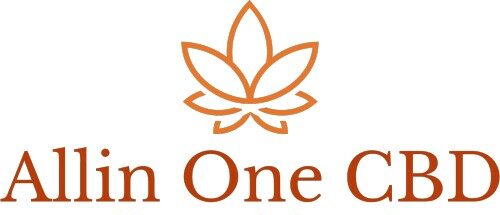Introduction
The back-to-school season in 2020 comes with unique challenges and considerations due to the ongoing COVID-19 pandemic. As students return to the classroom, it is crucial to prioritize both their education and their overall well-being. This comprehensive guide will provide a detailed plan for the back-to-school season in 2020, focusing on creating a wellness routine that supports students’ physical, mental, and emotional health.
Section 1Establishing a Safe Learning Environment
1.1 Follow Health Guidelines
Ensure that the school follows the recommended health guidelines provided by local health authorities and the World Health Organization. This may include measures such as mandatory mask-wearing, regular handwashing, maintaining physical distance, and sanitizing classrooms and common areas.
1.2 Communicate with School Staff
Stay in regular communication with school staff to stay updated on any changes or developments regarding the school’s safety protocols. Address any concerns or questions you may have, and work together to create a safe learning environment for students.
Section 2Developing a Wellness Routine
2.1 Prioritize Sleep
Adequate sleep is essential for students’ physical and cognitive well-being. Establish a consistent sleep schedule that allows for the recommended hours of sleep for each age group. Create a calming bedtime routine that includes activities like reading or listening to soothing music to help students unwind and prepare for a good night’s sleep.
2.2 Balanced Nutrition
Provide nutritious meals and snacks that support students’ energy levels, concentration, and overall health. Include a variety of fruits, vegetables, whole grains, and lean proteins in their diet. Encourage them to drink plenty of water throughout the day to stay hydrated.
2.3 Physical Activity
Regular physical activity is crucial for students’ physical health and can also improve their mood and concentration. Incorporate physical activity into their daily routine, whether through structured exercise, sports, or active playtime. Encourage them to take breaks from sitting and engage in movement throughout the day.
2.4 Mindfulness and Stress Management
Teach students mindfulness and stress management techniques to help them cope with academic pressure and any anxieties they may have. Encourage deep breathing exercises, meditation, or engaging in activities they enjoy as a way to relax and reduce stress.
2.5 Social Connections
Maintaining social connections is important for students’ emotional well-being. Encourage them to connect with friends and classmates, either in person or through virtual means if necessary. Foster a supportive environment where they feel comfortable expressing their feelings and sharing their experiences.
Section 3: Communication and Support
3.1 Open Dialogue
Maintain open lines of communication with your child’s teacher and school staff. Stay informed about any changes in the curriculum, schedules, or protocols. Share any concerns or challenges your child may be experiencing to ensure that they receive appropriate support.
3.2 Emotional Support
Be attentive to your child’s emotional well-being and provide a safe space for them to express their feelings. Encourage open conversations about their experiences, fears, or worries related to the back-to-school season. Offer reassurance and guidance to help them navigate any challenges they may encounter.
3.3 Seek Additional Resources
If your child requires additional support, whether academically or emotionally, reach out to the school or seek external resources such as counseling services or tutoring programs. Collaboration between parents, teachers, and support professionals can help create a comprehensive support system for the student.
Conclusion:
The back-to-school season in 2020 requires careful planning and attention to both academic and wellness needs. By establishing a safe learning environment, developing a comprehensive wellness routine, maintaining open communication, and seeking additional support when needed, students can navigate the challenges of the academic year while prioritizing their physical, mental,
and emotional well-being. The back-to-school plan outlined in this comprehensive guide provides a framework for creating a positive and supportive environment for students as they embark on the 2020 school year.
Remember, each student is unique, and it’s important to tailor the plan to meet their individual needs. Be flexible and adaptable as circumstances evolve, and continue to prioritize their health and wellness throughout the school year. By implementing these strategies and fostering a strong partnership between parents, teachers, and school staff, we can ensure that students thrive academically and maintain their overall well-being during these challenging times.
As we navigate the uncertainties of the back-to-school season, let’s approach it with resilience, empathy, and a commitment to supporting our children’s education and wellness. Together, we can create a positive and nurturing environment that sets them up for success and helps them navigate these unique circumstances.
- Oils By Petreleaf-Unveiling Exceptional Oils A Comprehensive Evaluation - September 21, 2023
- Back to School Plan 2020 and Wellness Routine - June 21, 2023

